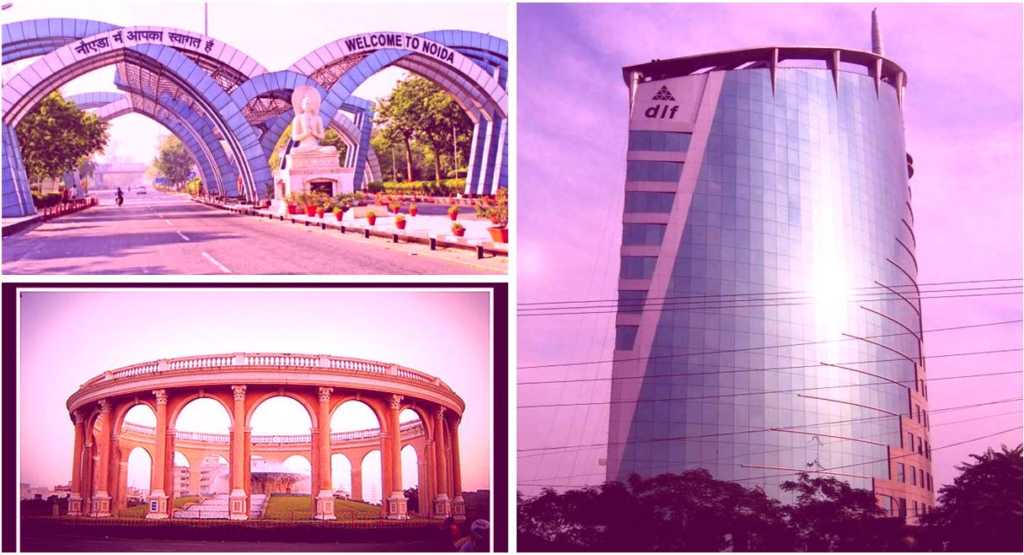The spontaneity at which temperature flows from high to low, immigrants flow from Bangladesh to India. They remain invisible for a long time while gradually increasing the entropy of the system. The moment they attain majority, they unleash the large scale chaos not limited to mass destruction and the displacement of native population. This pattern was witnessed by the border areas of Assam during last decade where the continuous influx of unwanted Bangladeshi migrants had caused frequent riots resulting in the instability of the region.
Unfortunately, similar patterns have started emerging over the last couple of years in the New Indian Cities like Gurgaon, Noida, Navi Mumbai etc. These impoverished looking, narrow shouldered, tongue-tied Bangla speaking Muslim Men and Women are engulfing our sparkling cities.
Ask them about them about their hometowns and they’ll quote Murshidabad and Malda – the Bangaldesh Bordering areas in West Bengal. Such a Convenient answer. Upon further probing they’ll assure you that they have all their papers. It is common knowledge, even acknowledged by Government officials and politicians, that there exists a flourishing racket that thrives on providing documents, including Aadhaar cards, to illegal immigrants and arranging for the inclusion of their names in the voters’ lists, which in turn entitles them to an Election Commission card.
Source – Kanchan Gupta’s editorial in The Pioneer
Their modus operandi is very simple. The requirement of maids/ servants among working class in these cities is huge. Due to the ever-growing number of apartments and housing societies in the New Cities, the density of population per square feet is very high. Around these apartments, these illegal Bangladeshi immigrants grow in makeshift Bastees. They quote cheap rates to get the job and gradually they build rapport to maximize their earnings. Most of these immigrants earn handsome wages in these cities which they can only dream of in their home country.
Coming back to the pattern of Bangladeshi-immigrant-disturbing-peace in India’s new cities, the first and the current stage can be called as consolidation where these immigrants gather and colonize. However, the incident of 300 strong mobs comprising of Bangladeshi migrants attacking the residents of Mahagun Moderne society in Sector 78 can be considered as the tipping point if not the inflection point for the second stage, which is the greed for flexing muscles. The rawness which they displayed during their three-hour ruckus inside the society over an unconfirmed report of a maid being held captive by her employer was a demonstration of stamping their authority over the newly settled society dwelling population. With the incompetent law and order in most part of these cities, the sad part is that the sophisticated, well-behaved residents are not equipped for their self-defense.
Usually, the first generation of these Bangladeshi immigrants, who are well aware of their humble origin, don’t indulge themselves in the conflict.
However, the Younger generation born and brought up in these Bastees get attracted towards the abundant wealth and affluent life style of their neighborhood. The manifestation of their greed of free wealth makes these Bastees sanctuaries of anti-social elements. Most of these Bastees in Gurgaon, Noida and Navi Mumbai have transcended into the next generation, thereby posing an immense threat to their neighborhood.
The other factors which catalyze this process are politics and media. It is widely believed that the govt policies in the border areas gave leeway to these immigrants. In return, these migrants vote in favor of the party. As most of these immigrants are Muslim, the main stream pseudo-liberal media spins the incidents related to these immigrants as atrocities against minorities, as we saw in the Mahagun incident too. For example, the Bodo-immigrants clash had always been projected as Bodo-Muslim clashes. Now, all efforts are being put by media to classify the Noida Mahagun society incident as the class divide incident where lower class are retaliating against the cruelty of affluent class.
Modern societies have always struggled to address the problem of immigration. The problem becomes extremely complex in India’s context where the establishment is slow to respond and the media is not ready to believe the root cause of the problem. The outrage through social media is always a short – lived option. The Noida incident trended with the hashtag of#MaldainNoida quickly, but soon got trashed and could not steer the actual problem to its solution. In such case, the onus to address the problem largely remains in the hands of individuals and the societies. The time has come when these newly developed societies put a ban on the entry of Bangladeshi immigrants into their premises. The individual family should also stop employing any Bangladeshi immigrant to work in their household. This economic boycott will break the rib of their modus operandi and delay the process of their consolidation.
